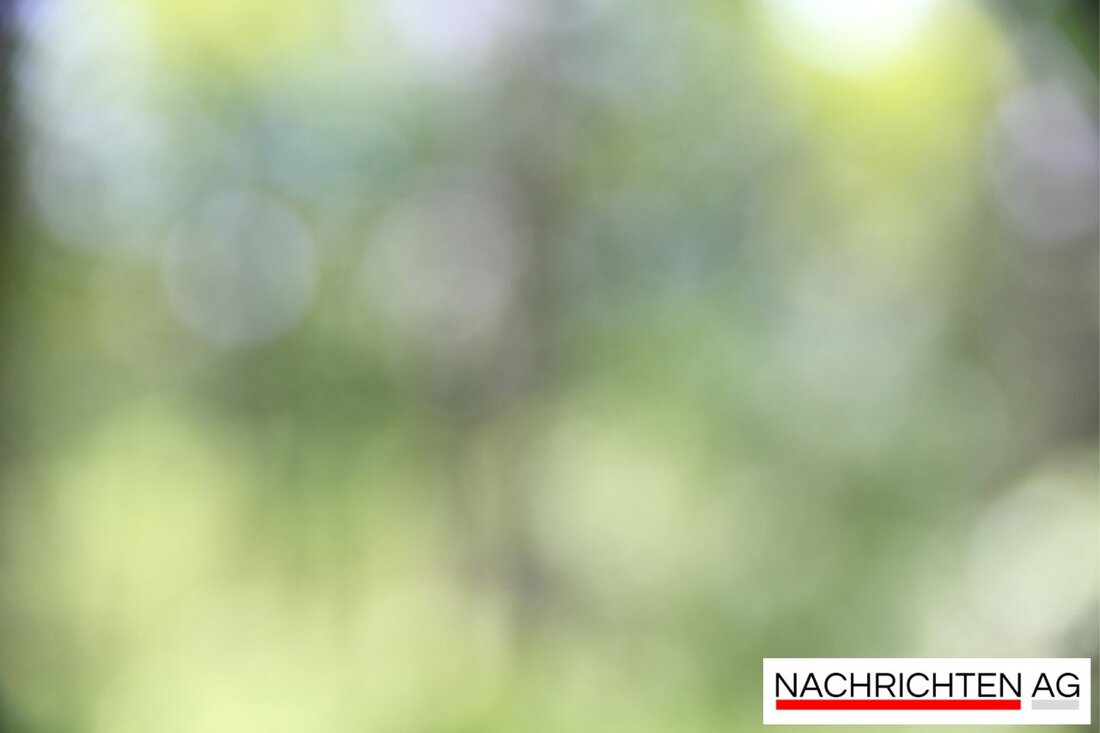Inuit on the old market: tragic history comes to life in Moritzburg

Inuit on the old market: tragic history comes to life in Moritzburg
Today is a day full of memory and history: On June 21, 2025, the special exhibition "Thin Eis - Inuit" showed "showed" in Moritzburg Castle. This exhibition, which will run until November 2, 2025, is reminiscent of the 200th anniversary of the first visit to the Inuit from Labrador on Saxon soil. It was an adventurous journey that started with the departure from Labrador in the early 1820s, under the direction of the American captain Samuel Hadlock. His idea of presenting the indigenous lifestyle and culture in Europe should be unforgettable for many.
The exhibition accompanies the history of the Inuit couple George and Mary Coonahnik, which performed in an inn in an inn in Dresden in the spring of 1825. King Friedrich August I then invited the group to Moritzburg Castle. The highlights were Georges impressive demonstrations in javelin throwing and archery as well as his courage to show a Kentro role in the castle pond - a sensation for the time. The Inuit also performed a wedding dance and sang a song in their mother tongue, inuktitut, which the audience captivated, how [Sächsische] (https://www.saechsische.de/lokales/Meissen-lk/wie-inuit-nachsnachs-kamen-moritzburg- indicator-trächtische-geschichte-kyz5dvbrzhjkzftlvdvasm.html).
the tragic history
The joy of the performance was bitter sweet. Mary and her little son died during the showman trip, which had to be replaced by the group. George Neakungitok, who died of pneumonia in Strasbourg, became another tragic figure. Samuel Hadlock, who had his head and hands separated after the death of the Inuit husband to continue to exhibit, had learned from the Maori in New Zealand to preserve human remains, which was a common but morally questionable custom at the time.
The exhibition will present ethnographic treasures from Labrador, including objects that Hadlock demonstrated. In addition, students from the Dresden University of Fine Arts were created, which should give visitors a lively impression of the culture of the Inuit. A connection to the current way of life of the Inuit is also established, because the exhibition moves to current topics and gives insights into the living conditions of the Inuit in Labrador. Formerly nomadically living, they are now often dependent on government grants, since traditional ways of life are no longer sufficient.
cultural bridges build
The special exhibition not only serves to look back, but also supports an important project. A fundraising campaign benefits the Canadian project "InotSiavik", which is committed to preserving the inuit culture. This initiative is of great importance, especially at a time when the traditional values of the Inuit are more than ever in danger of being lost in modern social life.
Special mention deserves the connection between the experiences at that time and today's challenges of the Inuit. While the encounters with western culture initially had only minor effects, epidemic -like transmissions of illness finally represented a threat. The economic upheavals also led to the fact that many inuit were driven into a lifestyle that is certain by modern society, rarely brought money in hunting and access to traditional food was increasingly difficult.
The visitors to the exhibition can look forward to a journey through time, which not only reflects the way of life of the Inuit, but also the cultural breaks and its consequences. The Moritzburg Castle thus becomes a place where history becomes alive and the encouragement to today's Inuit culture is conveyed, in the sense of the cultural education and the maintenance of a valuable inheritance.
| Details | |
|---|---|
| Ort | Schloss Moritzburg, 01468 Moritzburg, Deutschland |
| Quellen | |
